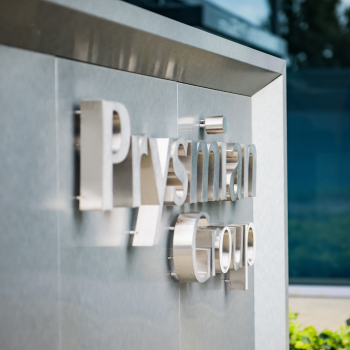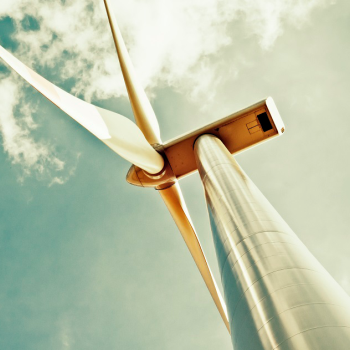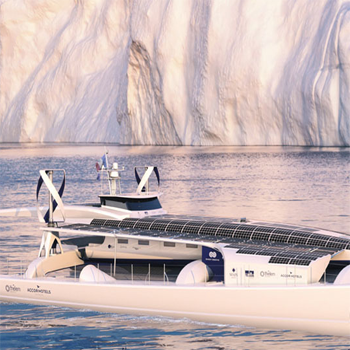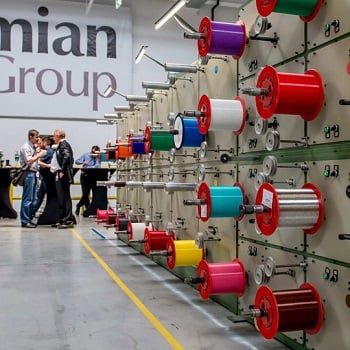Present and future of Connectivity in Europe



JULY 2017
The digital transformation can prove to be the great creative disruption in industry since the arrival of Henry Ford’s production line in 1913. No more than 50 years ago, internet was just a theory advanced by Joseph C.R. Licklider e Welden E. Clark, two computer scientists at BBN. In 1969, Arpanet broke through linking four servers of the American defense system. Seven years later, in 1976, Queen Elizabeth II sent the first email ever in the United Kingdom.
The digital transformation can prove to be the great creative disruption in industry since the arrival of Henry Ford’s production line in 1913.


These evolutions involve many industrial branches, but there is one crucial technology enabling all these fast progresses: optical fibre networks. In the long run, with data traffic exponentially growing, fibre will be the only technology able to support this flow with the appropriate speed and reliability. Because even a wireless connection needs the support of physical information networks to work. Considering the widespread demand for fast, reliable, high-capacity internet, one of the main tasks of the next years will be to make countries and global infrastructures ready to support this goal.
Thus, the question is: is Europe ready to drive – instead of following – this transformation?
At the present time, fixed broadband is available to 98% of Europeans, and 76% of European homes can access high-speed broadband (at least 30 Mbps). 4G mobile networks cover on average 84% of the EU’s population. Moreover, 74% of European homes subscribe to fixed broadband, and over one third of these connections are high-speed. The number of high-speed connections went up by 74% since 2014.
Significant numbers, which show that Europe has created a solid basis for the current demands, but not sufficient to sustain the expected development in the years to come. If the Union wants to be leader in the incoming digital revolution, we will need large-scale and sustained investments.
That is the reason why last 11th May Prysmian Group co-hosted, together with the Italian Permanent Representation to the EU, a meeting of national Ambassadors, telecoms industry representatives, financiers, Commission officials and MEPs to discuss the EU’s ambitions for its telecoms networks at a crucial moment in the legislative process. On that occasion Philippe Vanhille, Senior Vice President Telecom Business at Prysmian Group, expressed our hope “to see an appropriate level of ambition in these plans by the Member States, with targets in terms of coverage and connectivity that will place Europe in the position to become a global digital leader”.
Not just a matter of speed
Speed is usually rated as the most important goal to achieve: all over the world, internet users compare their digital experience mainly on this dimension. But in Prysmian we know that the connectivity of the future demands much more than speed.
At the same meeting, Vanhille also drew the attention to the advantage of optical fibre not only for its capability of out-perform other technologies in terms of download speed, but also on other key measures including latency and reliability.
Ever wondered what are we talking about with these words? Here some clues to understand the extent of the revolution we are experiencing.
While improvements in download speed will remain essential, parallel increases in upload speeds are as much important. On the pace of the transmission from users’ computers to internet relies a wide range of activities that shape our daily use of internet: cloud storage, social media and video sharing. That’s what we mean with symmetry: the capability of providing the same speed both in the download and in the upload of data.
Latency is a different matter. It is evident that, when talking about internet connections, bandwidth is the crucial subject, since it determines the performances of the web. Yet, latency – the delay between the transfer of data and the instructions to do so – may interfere with the speed of internet transmission even more than bandwidth. Sometimes the presence of bottlenecks across the line can erase the benefits of the increased bandwidth, causing, for instance, a long wait for the user while loading a website. But, let’s imagine the same situation in a world of self-driven cars. What would happen then? That’s why latency is one of the first issues that could be solved by the new generation of our optical fibre.
The third important dimension is reliability: any gains achieved through tackling the problems of latency or of slow upload and download speeds are entirely cancelled by broken connections.

Building the European network of the future
Building the European network of the future
The networks of the future must be made by high-standard optical fibre, homogeneous, interoperable, high-performance, durable and adaptable. The kind of product we are perfecting day by day in our factories and centers of excellence all over the world.
Our optical fibre cables are a key component in designing networks that can handle the rapid changes to come: they are symmetrical, eliminating the difference between upload and download speeds; they are immune to interferences; they have no latency issues, thanks to a larger capacity that will not be reached for at least 20 years.
Adapting to the digital age will be impossible for Europe without a dense optical fibre network. Density starts with the development of core optical networks, which can provide fibre-to-the-node access, where central nodes transmit from fibre to more traditional technologies. However, the ultimate goal we are enabling with our constant technology upgrading is fibre-to-the-home, whose functionality and durability reside on high quality fibre.
At Prysmian, we know that Europe’s optical fibre network cannot be built on a shoestring budget. Future-proofing is key to this basic building block of the connectivity revolution, which will serve millions of Europeans for at least the next 30 years. Quality must be the basis of every public investment, with the goal of creating a dense, durable fibre network that delivers very high speed, low-latency and reliable connections.
Prysmian leads the way in research and development of optical fibre and the cables that carry it. We make significant investments worldwide to ensuring that we remain at the forefront of technological innovation.
The world stands on the edge of a digital revolution, and European countries and their citizens must be equipped to deal with an array of new, unpredictable challenges. Nowhere is our vision more appropriate than in our home continent. We are committed to playing our part in this exciting transformation.
Always striving to transmit and spread our values of excellence, integrity and understanding.
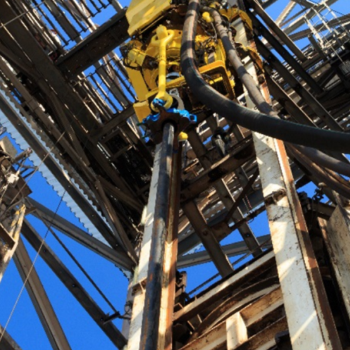
OIL & GAS
Viaggio al centro della Terra con Prysmian Oil & Gas

FAST TRACK PROJECT
Il futuro comincia a Calais, la nostra prima fabbrica 4.0

FT-ETNO SUMMIT 2017
Tracciare la via alla connettività di domani
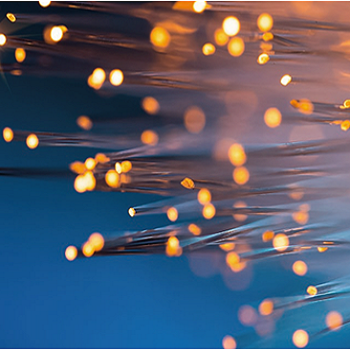
TELECOMUNICAZIONI
Il nostro impegno a sostegno della banda ultralarga italiana
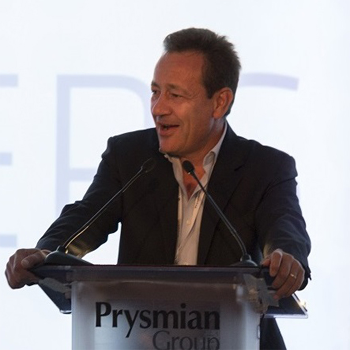
GRADUATE PROGRAM
Il benvenuto del CEO ai partecipanti a Build the Future
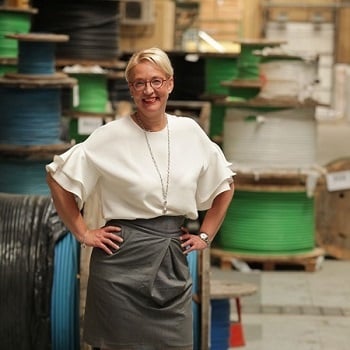
PEOPLE





